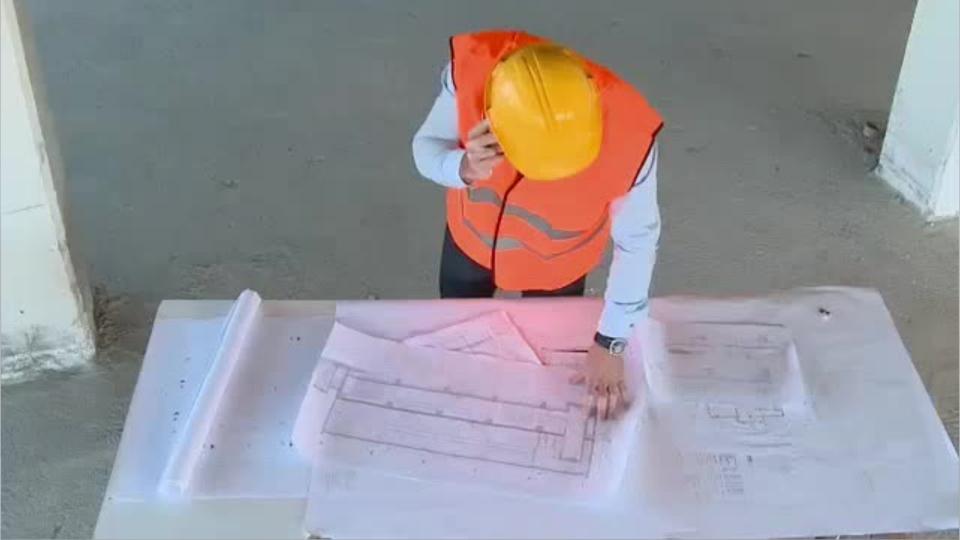First-Line Supervisors of Construction Trades & Extraction Workers
Construction Foreman, Construction Supervisor, Electrical Supervisor, Roustabout Field Supervisor
What they do:
Directly supervise and coordinate activities of construction or extraction workers.
On the job, you would:
- Inspect work progress, equipment, or construction sites to verify safety or to ensure that specifications are met.
- Read specifications, such as blueprints, to determine construction requirements or to plan procedures.
- Supervise, coordinate, or schedule the activities of construction or extractive workers.
Knowledge
Business
- management
- customer service
Engineering and Technology
- building and construction
- mechanical
Arts and Humanities
- English language
Safety and Government
- public safety and security
Skills
Basic Skills
- listening to others, not interrupting, and asking good questions
- talking to others
Social
- changing what is done based on other people's actions
- understanding people's reactions
Problem Solving
- noticing a problem and figuring out the best way to solve it
Abilities
Verbal
- listen and understand what people say
- communicate by speaking
Ideas and Logic
- notice when problems happen
- order or arrange things
Attention
- pay attention to something without being distracted
- do two or more things at the same time
Hand and Finger Use
- hold or move items with your hands
Personality
People interested in this work like activities that include leading, making decisions, and business.
They do well at jobs that need:
- Leadership Orientation
- Perseverance
- Stress Tolerance
- Cooperation
- Cautiousness
- Attention to Detail
Technology
You might use software like this on the job:
Project management software
- Microsoft Project
- Oracle Primavera Enterprise Project Portfolio Management
Presentation software
- Microsoft PowerPoint
Data base user interface and query software
- Mi-Co Mi-Forms
- Sage 300 Construction and Real Estate
Education
Education: (rated 3 of 5)
Job Outlook
Bright
New job opportunities are very likely in the future.
Explore More
- First-Line Supervisors of Helpers, Laborers, & Material Movers, Hand
- First-Line Supervisors of Landscaping, Lawn Service, & Groundskeeping Workers
- First-Line Supervisors of Material-Moving Machine & Vehicle Operators
- First-Line Supervisors of Mechanics, Installers, & Repairers
- First-Line Supervisors of Production & Operating Workers
You might like a career in one of these industries:
See more details at O*NET OnLine about First-Line Supervisors of Construction Trades & Extraction Workers.





